Talk Overview
This lecture describe the principles of dark field and phase contrast microscopy, two ways of generating contrast in a specimen which may be hard to see by bright field. The lecture describes how the phase rings work to generate interference between the diffracted and undiffracted light.
Questions
- When Zernicke blocked the illuminating light at the back aperture of the objective, he saw
- Both the field and the particles (specimen) were bright
- The field was dark and the particles were bright.
- The field was bright and the particles were dark.
- Both the field and the particles (specimen) were dark
- True or false: In transmitted light microscopy, an image is formed by undiffracted light interfering with diffracted light from the specimen.
- Which of the following might be a good specimen to examine by dark field microscopy?
- A mammalian tissue culture cell
- A thin histological section of liver
- 25 nm microtubules polymerized in vitro
- Pollen grains
- Which of the following statements is false about dark field microscopy?
- Poor depth of field
- Is generally a higher resolution technique than phase microscopy
- Requires a very bright light source
- Can use both dry and oil condensers and objectives
- In phase microscopy, the function of the phase ring in the objective lens is to:
- Attenuate and produce ¼ l phase retardation of the illuminating light
- Increase the relative brightness and produce a ¼ l phase retardation of the illuminating light
- Attenuate and produce a ¼ l phase advance of the illuminating light
- Attenuate and produce a l phase advance of the illuminating light
- True or false. One phase condenser annulus will suffice for 20x, 40x, and 60x objective lenses on most microscopes.
- What produces halos in a phase image?
- In dark field microscopy, why must the N.A. of the objective be less than the N.A. of the condenser?
- If you are just performing fluorescence microscopy, why is a phase objective somewhat less desirable than the comparable non-phase objective (same mag, NA, etc.)?
- Which of the following statement is false about phase contrast microscopy?
- The phase ring retards or advances the phase of the illuminating light relative to the scattered light by half of a wavelength.
- The phase ring reduces the intensity of the illuminating light
- Phase rings are built into the objective lens
- Phase microscopy requires a matching annulus in the condenser turret.
Answers
View AnswersSpeaker Bio
Ted Salmon
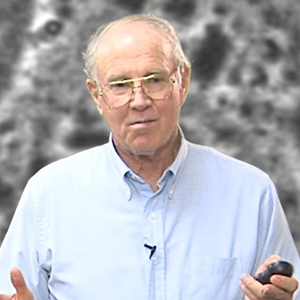
Ted Salmon is a Distinguished Professor in the Biology Department at the University of North Carolina. His lab has pioneered techniques in video and digital imaging to study the assembly of spindle microtubules and the segregation of chromosomes during mitosis. Continue Reading
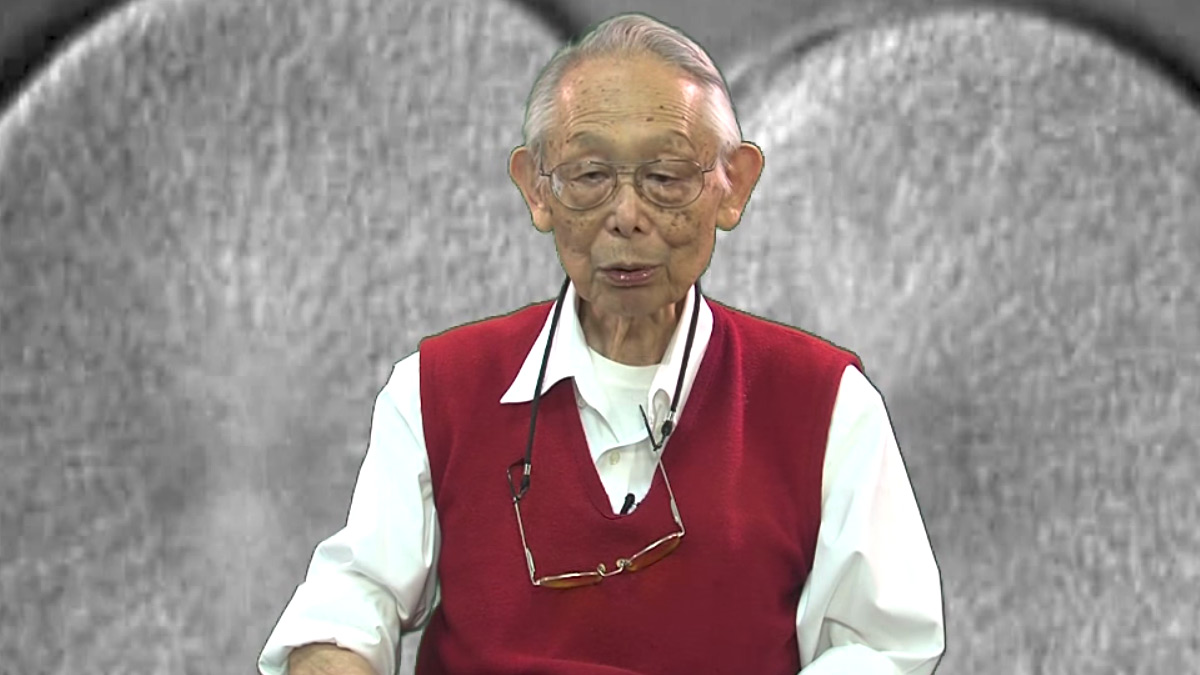
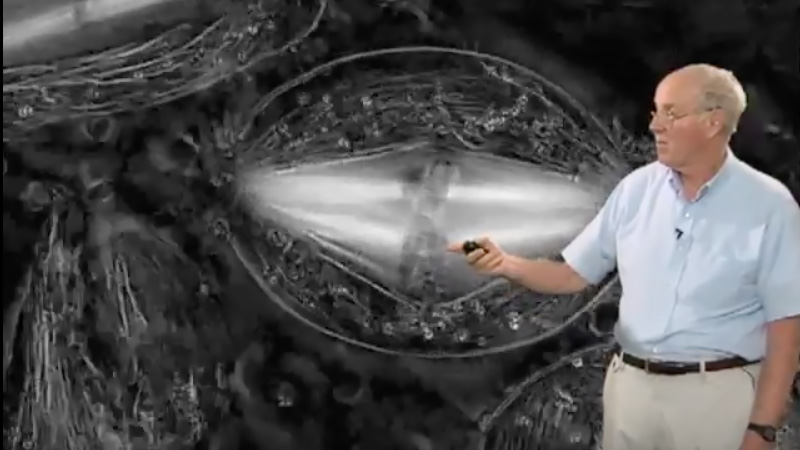
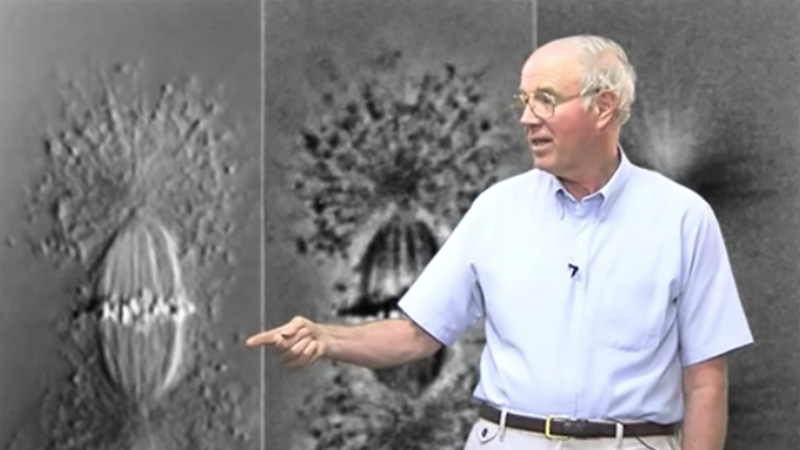
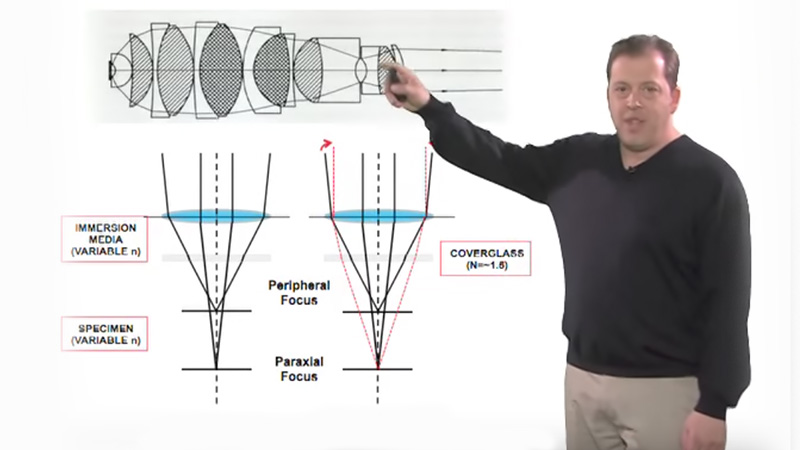




abubakar sulaiman koya says
compare and contrast between dark field and phase contrast mocroscopy